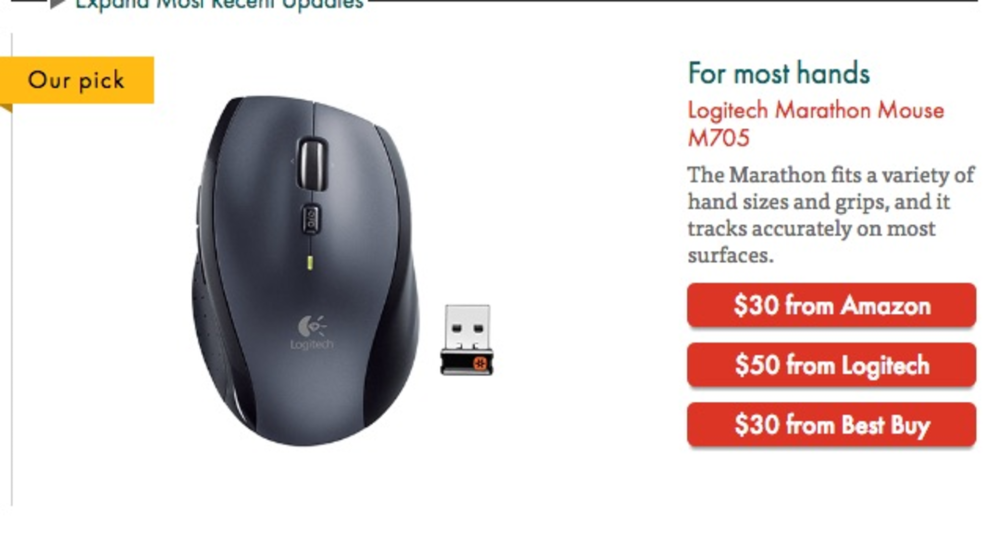The New York Times recently announced acquisition of independent media startup The Wirecutter is not only a victory for the beloved publisher, it’s also a reinforcement of the power of affiliate marketing as a driving force in today’s media.
It’s also potentially a huge win for Amazon, if the Times incorporates affiliate links into its content ongoing.
Brian Lam, among others, formed The Wirecutter after a particularly bruising stint as editor at gadget blog Gizmodo, where posts came fast and furious with little time to breathe in between.
He has told many outlets over the years that the pace of blogging wore him out. In our particular interview, he told the now deceased media critic David Carr: “I came to hate the Web, hated chasing the next post or rewriting other people’s posts just for the traffic. People shouldn’t live like robots.”
But a talent like Lam can never stay away long, so he created a new type of media company. One that focuses on well-researched, thoughtful content with a unique and brilliant idea: rather than tell you about all of the gadgets and products you could buy, he would only tell you about the best, and make it super easy to buy it directly from the site.
If you want a vacuum, here is the best one – and here is our affiliate link to the best place to buy it, which was often Amazon.
In a world of publishers beset by ad blockers, the struggle over placement and look & feel of native advertisements, and the waning price of banner ads, Lam’s model was dead simple and effective.
If you were going to the Wirecutter, you were likely looking to buy something. And so the site’s monetization strategy was not only effective, it was actually a value add to the customer. Why open up a new browser to search for a product when it was literally one click away.
Lam and his team were patient publishers, doing ample research and writing long (but not dense) articles about why they chose the products they did. It was considered work, and it engendered trust.
So much so that I know many people – this reporter included – that will, in a pinch, literally go to the site and immediately click on the link to purchase The Wirecutter’s recommendation for a “impulse” product, without reading the justification.
The Times was very wise to pick it up, as much for Lam’s expertise in doing more with less as for the impressive Wirecutter product. The Times to my knowledge has not done any affiliate linking (imagine the volume of books it arts section could move), so it will be interesting to see how (if at all) it incorporates the Wirecutter’s business model into its august (web)pages.
Affiliate links is a no brainer from a revenue-generation side, so why hasn’t the times done it? For instance, the Times books section tends to link to previous coverage or the description of the book on the book publisher’s page.
I can imagine the editorial team has a strong aversion to commerce and/or money-generating content within the body of an article. So if that’s part of Lam’s role, expect there to be some pushback.
But if he is successful, expect Amazon to be among the winners of this deal. Amazon has tended to have the strongest affiliate program, and its large customer base makes it ideal for any publisher looking for an affiliate strategy.








